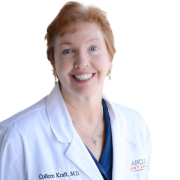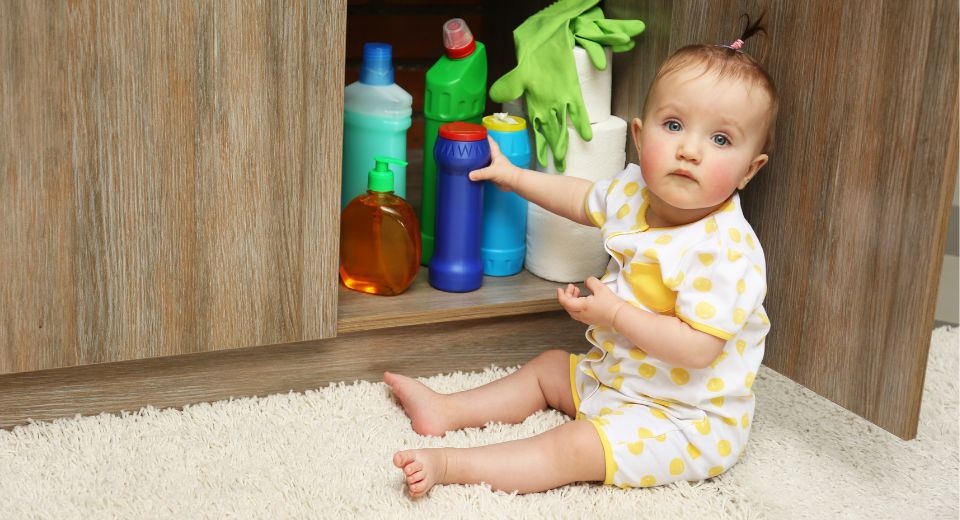
Author: Dr. Kraft, Pediatrician
Each year, approximately 3 million people— many under age 5— swallow or have contact with a poisonous substance. The American Academy of Pediatrics (AAP) offers tips to prevent and to treat exposures to poison.
Most poisonings occur when parents or caregivers are home but not paying attention. The most dangerous potential poisons are medicines, cleaning products, liquid nicotine, antifreeze, windshield wiper fluid, pesticides, furniture polish, gasoline, kerosene and lamp oil. Be especially vigilant when there is a change in routine. Holidays, visits to and from grandparents’ homes, and other special events may bring greater risk of poisoning if the usual safeguards are defeated or not in place.
- Never place poisonous and chemicals in empty food or drink containers
- Maintain a working smoke and carbon monoxide detectors
- Secure cabinets that house chemicals and other poisonous materials. The safest place to store poisonous products is somewhere a child can’t see or reach.
- Purchase and keep all medicines in containers with safety caps. Discard unused medication. Note that safety caps are designed to be child resistant but are not fully child proof. Never refer to medicine as “candy” or another appealing name.
- Store medicine, cleaning and laundry products, (including detergent packets) paints/varnishes and pesticides in their original packaging in locked cabinets or containers, out of sight and reach of children. It is best to use traditional liquid or powder laundry detergents instead of detergent packets until all children who live in or visit your home are at least 6 years old.
Poison treatment tips:
- Swallowed poison. Take the item away from the child, and have the child spit out any remaining substance. Do not make your child vomit. Do not use ipecac syrup. Call 1-800-222-1222 if you suspect a severe poisoning or click here for more information.
- Swallowed battery. If your child has swallowed a button-cell battery or a battery is lodged in his or her nose, ear, or throat, seek treatment in a hospital emergency department immediately. Serious tissue damage can occur in as little as 2 hours.
- Skin poison. Remove the child’s clothes and rinse the skin with lukewarm water for at least 15 minutes.
- Eye poison. Flush the child’s eye by holding the eyelid open and pouring a steady stream of room temperature water into the inner corner for 15 minutes.
- Poisonous fumes. Take the child outside or into fresh air immediately. If the child has stopped breathing, start cardiopulmonary resuscitation (CPR) and do not stop until the child breathes on his or her own, or until someone can take over. Dial 9-1-1.
If you’re concerned about cleaning products, talk with your pediatrician. Call 9-1-1 right away if an individual collapses, has a seizure, has trouble breathing, or can’t be awakened due to poisoning.
The information provided is for general interest only and should not be misconstrued as a diagnosis, prognosis, or treatment recommendation. This information does not in any way constitute the practice of medicine, or any other health care profession. Readers are directed to consult their health care provider regarding their specific health situation. Marque Medical is not liable for any action taken by a reader based upon this information.

